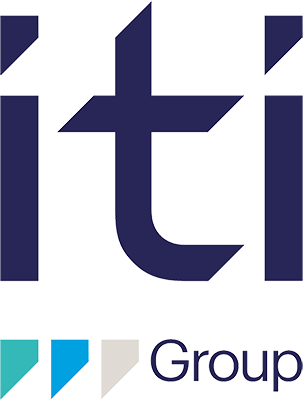Ensuring Success: Step 2 – analysing your current state to help define and reach your future state

Alex Smith, MES Business Consultant, discusses the key considerations to make when starting a digital journey.
In my previous blog, I discussed that your digital journey should be linked to a business goal or target. This allows you to define what the success of the project will look like and you can align both internally and with your vendor.
Now that everyone is aligned it’s important to understand where you are (your current state) and what you need to do to get there (future state). It’s the ready, set before you GO. Time to air the dirty laundry. Problems and challenges need to be shared, and in doing so you future align the business by identifying shared pains.
What data is available and how is it used?
In addition to shared problems, there are the practicalities of your project to consider. The key to any digital project is data and how it’s used. There’s an old saying – ‘put rubbish in, get rubbish out’ or words close to that effect. This is all too true for digital solutions. So, ask yourself; what data is available? What is the quality of the data? Does your IT/IS have capacity for the solution? Cloud or on-prem? This is very important. A clear understanding of what you have and what you will need to install to realise your solution is necessary. Achieving your desired goal can form a large part of upfront costs, and maybe the initial stage of your digital journey on its own.
Understanding your processes and how Digital technology will help improve them
In parallel, it’s time to start looking at how digital technology can and will change how you work. There are SOPs and processes across all departments in the business and the key to a successful project is understanding which of these can be optimised through digital tech. Using BPMN (Business Process Modeling Notation), ‘As Is’ and ‘To Be’ can make sure there is a clear understanding of what you need to do and what the output will be.
Once the processes are understood, these coupled with the business goals and KPIs allows for confident writing of the spec. With detailed understanding and reasoning, you can be confident that the functionality selected will deliver the efficiencies, which in turn ensures that the digital technology will meet business goals and deliver business value.
Building a solid business case as the foundation for success
By carrying out this work you have the foundation to build your business justification and it will be solid! Analysing your current vs future state will help define the reasons behind the proposed business change, whilst quantifying the investment objectives and presenting expected business benefits will ensure stakeholder buy-in and maximum return on investment.
The functionality is linked to the features, which allows the business process improvements to align with business benefits. This approach makes signing off on such projects easy. But there is just one final piece to the puzzle before you’re ready to implement your digital technology – incorporating financials and calculating the ROI or IRR depending on your company metrics. And it’s as easy as that. Now you are ready to implement at least the first stage of your digital transformation journey. Hit the GO button!
Coming soon – lookout for my next blog in the ‘Ensuring Success’ series, where I will be discussing the implementation stage – not just how to implement digital technology, but how to ensure success throughout your digital journey.
Want to learn more? Download the complete 5-step guide to ensuring Digital Transformation success.
